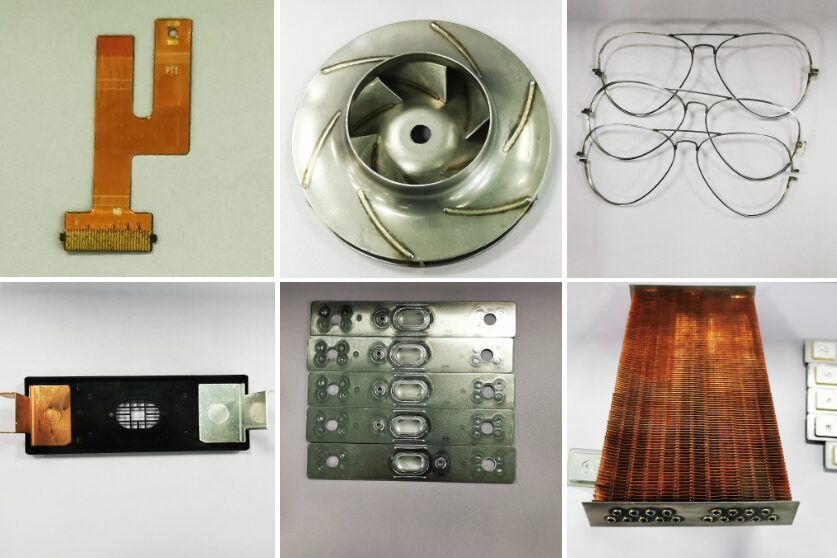Laser welding has long been valued for its accuracy and efficiency, but the introduction of laser scanner welding has elevated the process to a new level. By integrating galvanometer-driven scanners with advanced laser systems, manufacturers can achieve faster, more flexible, and more precise welds compared to traditional methods.
What Is Laser Scanner Welding?
Laser scanner welding uses a galvanometer-based scanning head to rapidly direct a focused laser beam across a workpiece. Instead of moving the entire workpiece or welding head mechanically, the laser beam is steered by mirrors. This significantly reduces cycle times while ensuring pinpoint accuracy.
The result is a process that can handle complex geometries, delicate materials, and demanding production environments.
Key Advantages of Laser Scanner Welding
- High Speed: Beam steering enables weld speeds up to several meters per second, boosting productivity.
- Precision: The narrow, concentrated beam creates fine weld seams with minimal heat-affected zones.
- Flexibility: Suitable for metals, alloys, and even dissimilar materials.
- Automation-Friendly: Easily integrates with robotic arms and automated production lines.
- Reduced Downtime: No need to reposition parts frequently, improving throughput.
Applications Across Industries
Automotive Manufacturing
Laser scanner welding is widely used in body-in-white production, battery pack assembly for EVs, and component welding.
Aerospace & Defense
Lightweight but strong joints are essential in aircraft structures and turbine components.
Medical Devices
From surgical instruments to implants, laser scanner welding ensures precision and cleanliness.
Electronics
Micro-welding of delicate components such as sensors and connectors becomes possible with minimal thermal stress.
Illustration: Welding Sample Showcase
 Laser scanner welding sample, use Sino-Galvo high power laser galvo scaner.
Laser scanner welding sample, use Sino-Galvo high power laser galvo scaner.
The Future of Welding Technology
As industries demand higher output with uncompromising quality, laser scanner welding continues to gain traction. Its combination of speed, accuracy, and flexibility makes it an indispensable tool for modern manufacturing.
For businesses aiming to optimize production and stay ahead of competitors, adopting this advanced technology is not just an option—it’s a necessity.
